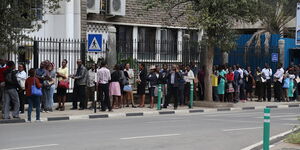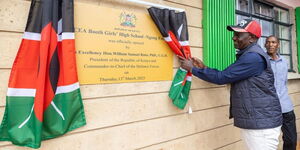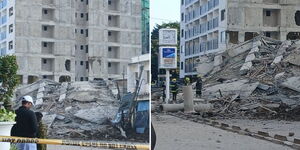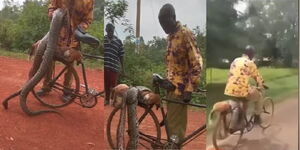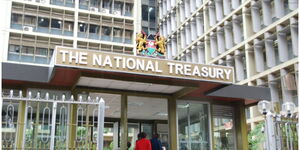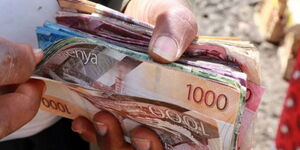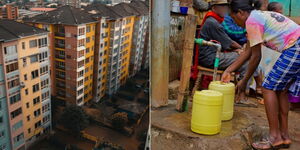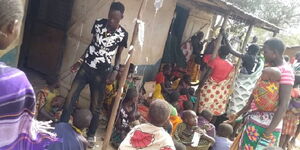Little is known of one of the most horrific nights in Kenyan history - comparable only to the Wagalla Massacre of February 10, 1984.
The unfortunate event happened 10 years before the independence of the country from Britain in 1963 and aggravated an already bleak political situation.
In his 2015 autobiography A Daunting Journey, Jeremiah Kiereini, states that the Lari Massacre had its origins in the early 1900s, when members of the ten Kikuyu “mbari” (sub-clan) families and their tenants were evicted from their land in Tigoni to make way for white settlers, initially without any compensation".
Luka Kahangara - identified as one of the collaborators, was appointed as the chief of the area and he reportedly used very crude methods to collect colonial taxes from the locals.
The pent up anger due to being driven from their fertile lands finally boiled over on the night of March 23, 1953, with the chief and his family recorded as the first victims of the irate gang that stormed back into their ancestral land with ill intent.
"Their huts were set on fire while the families were still inside and those who attempted to escape were butchered with machetes, not even sparing women with babies on their backs, in a most gruesome orgy of violence," an excerpt from Kiereni's autobiography reads.
Kenya Police Superintendent at the time J.H. Baker, in his official statement, gave a chilling account of one of the country's darkest nights.
On the fateful night, Lari town, in Kiambu district was the location of a series of murders that left the entire nation in shock.
The Mau Mau members began their massacre about 10.30 p.m. when the hut doors of their intended victims were bolted and barred.
There were three unenviable alternatives for the majority of those trapped inside their homes during the massacre.
They either had to stay indoors and face the prospect of getting burned alive, face the invaders who outnumbered them four to one or make a run for it and risk getting hacked to death by the panga-wielding attackers.
"The survivors who witnessed the gruesome event described how some of the attackers - at least 400 of them, licked the blood of their victims from their pangas," read an excerpt from Baker's statement.
"I rolled under the bed and pretended to be dead," one of the survivors narrated. A few moments later he ventured out. He saw the gang striking matches and setting alight a row of huts.
An hour after the Mau Mau had launched their attacks, Lari location was in flames from end to end.
The Mau Mau members drawn from the Murang'a wing targeted the homes of Chief Kahangara, Chief Makimei, known loyalists and “komerera” (spies and double agents). Kahangara was killed alongside several members of his family in the massacre that left 120 locals dead.
In a retaliatory attack the following day, the colonial administration rounded up thousands of Africans in the area and beyond in an exercise that resulted in the loss of an additional 400 lives.

